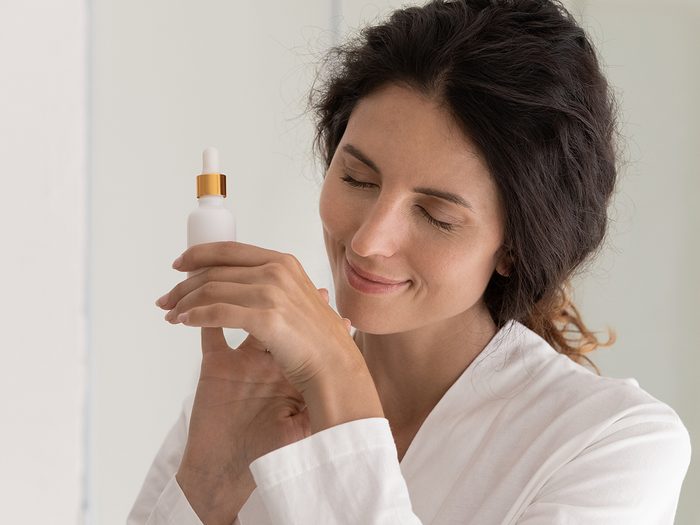
Fragrance
“If you only change one thing in your beauty routine, the ingredient you should avoid is fragrance,” says Lindsay Coulter, the David Suzuki Foundation‘s resident green living expert. Labelled as “parfum” on Canadian beauty product labels, fragrance isn’t just in colognes or perfumes; in fact, it’s added to everything from body wash to shampoo to face creams. Even unscented products can contain fragrance compounds that act as masking agents. “It shows up as one word [on the ingredients label], but it can be a concoction of hundreds of different ingredients,” Coulter explains. According to research published by Cosmetics Alliance Canada, these anonymous chemical compounds can trigger allergies and asthma, cause hormone disruption, and in many cases, are harmful to fish and other wildlife after they get washed down the drain.
Not ready to give up smelling pretty? There are still plenty of green alternatives, says Jen Newell, a Toronto-based naturopath. “I recommend that people opt for products with essential oils or other natural scents,” Newell says.
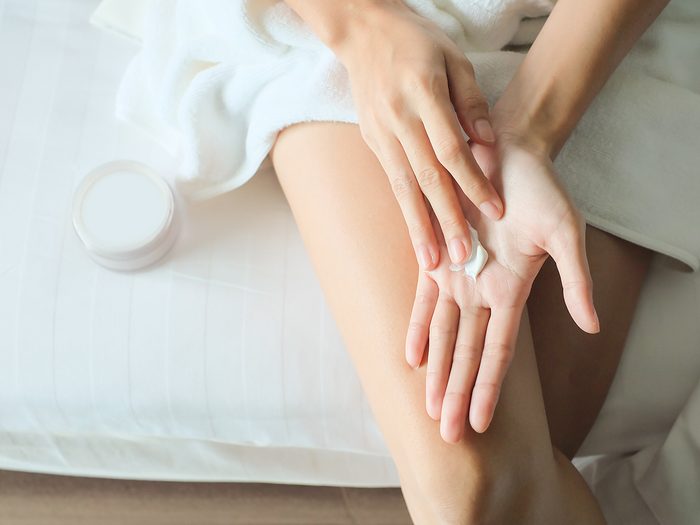
Parabens
Parabens are preservatives that can be found in everything from makeup to moisturizers to fragrances. Problem is, numerous studies have shown that these chemicals—which are easily absorbed through the skin—have the potential to interfere with hormone function and have been linked with breast cancer. How do you rid your beauty routine of this particularly harmful ingredient? Opt for products that are labelled “paraben-free,” and study the ingredient list carefully, as these pesky preservatives can be listed in different ways, including “methylparaben” or “propylparaben.”
Here are five ways to prevent breast cancer, according to science.
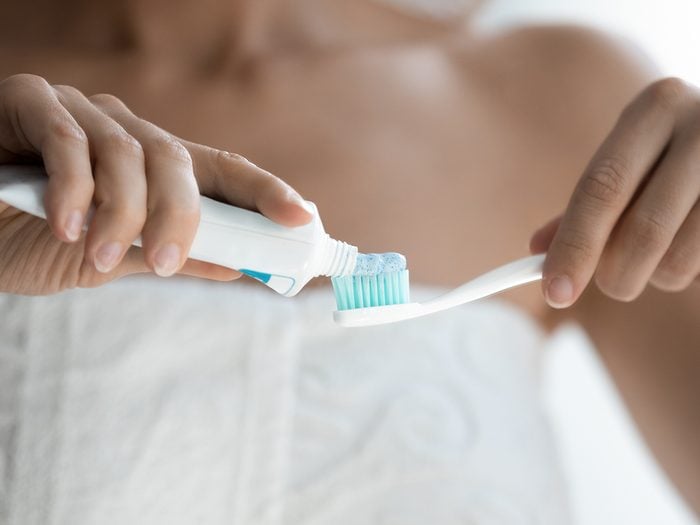
Triclosan
Triclosan is an antibacterial agent that can be found in antibacterial soaps, body washes, hand sanitizers, toothpaste and mouthwash. The issue with triclosan, Coulter says, is that it kills all bacteria—good and bad. Canada regulates triclosan content in cosmetics, and the Food and Drug Administration in the United States banned its use back in September 2016 on the grounds that it could pose health risks, including bacterial resistance and hormonal effects. The good news? It’s easy to steer clear of this harmful ingredient, as triclosan is listed on product labels.
For an alternative to triclosan, Coulter suggests alcohol-based sanitizers or old-fashioned castile soap and water.
Follow our healthy home checklist to eliminate potential hazards in every room.
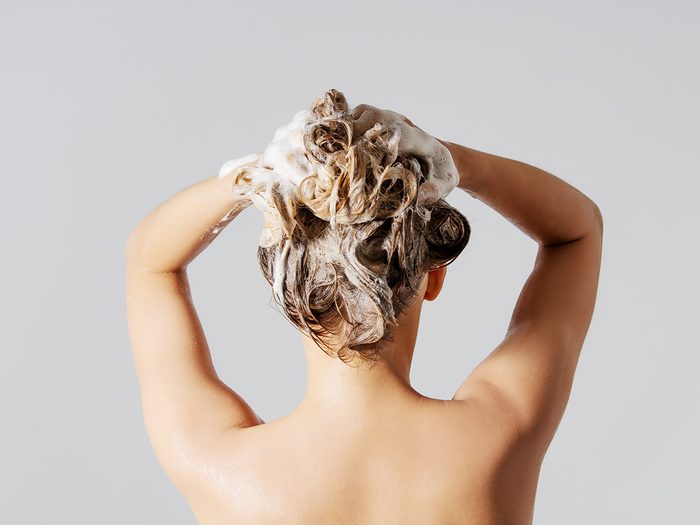
Sodium Lauryl Sulphate
Sodium lauryl sulphate (SLS, sometimes also known as SLES) is a chemical additive that makes super-foamy bubbles and suds. It’s often listed as a main ingredient in soap, shampoo, face wash and dish soaps, says Coulter. The reason that SLS should be avoided is that it can be contaminated with ethylene oxide, which the International Agency for Research on Cancer lists as a known human carcinogen (cancer-causing chemical). Check your soaps for this ingredient before purchasing and don’t fret if the SLS-free product you try doesn’t produce a rich lather like your old shampoo or body wash. A lack of suds doesn’t mean it’s not doing it’s job, says Coulter; it simply means you’re skipping out on a harmful chemical.
Don’t miss these healthy hair secrets.
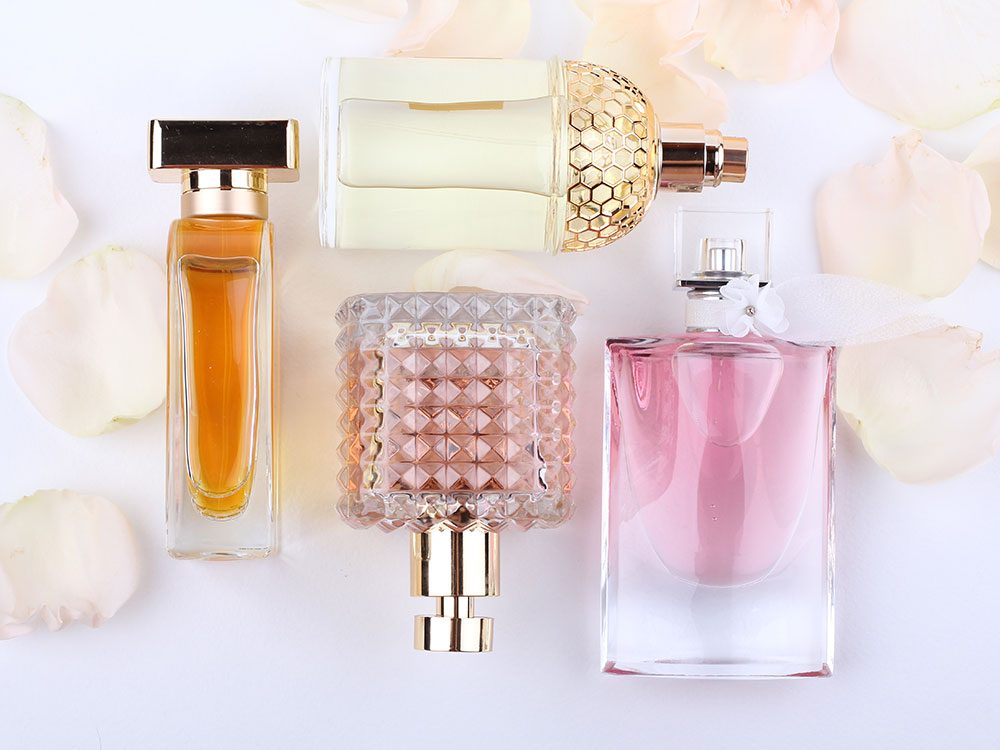
Phthalates
Phthalates are commonly found in fragrance compounds and may be labelled simply as “parfum” on product packaging, says Newell. Research suggests they can disrupt hormones during critical periods of human development (such as a baby’s development in utero) and they’ve also been associated with male infertility.
If you’re having trouble identifying which products might contain harmful ingredients such as phthalates, Newell recommends downloading the Think Dirty App to your smartphone. It allows you to scan the bar codes of the products in your daily beauty regimen, and then assesses their degree of safety.
Learn about the skin changes you should never ignore.
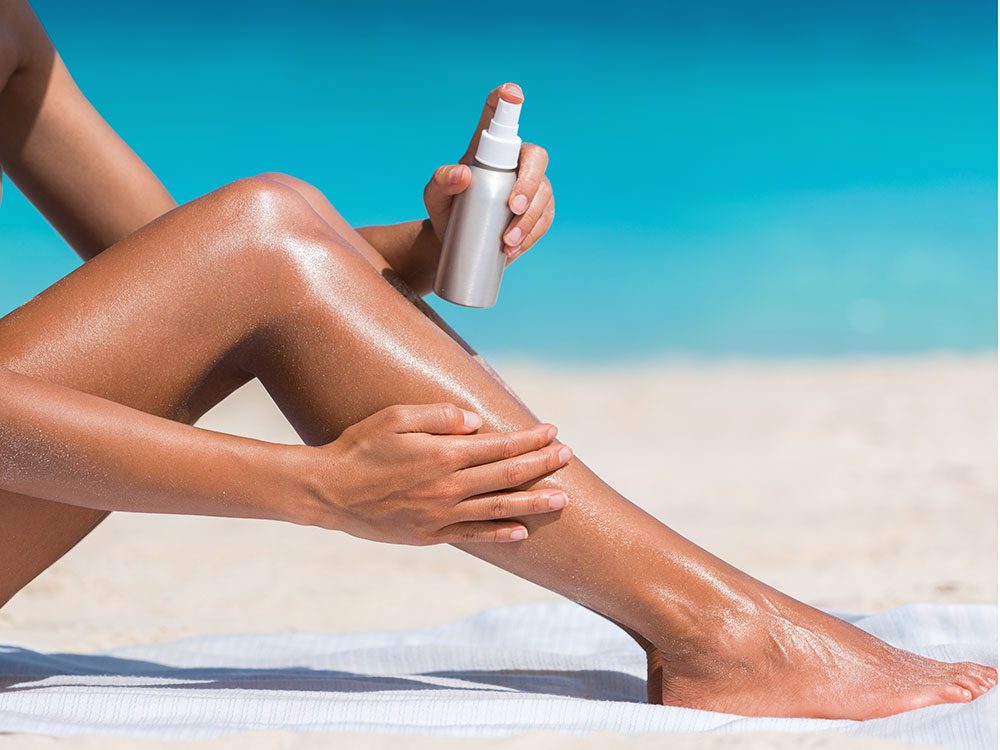
Oxybenzone
Oxybenzone is the active ingredient in many popular sunscreens, but Newell recommends avoiding it when possible—and for good reason. According to a study published in the Journal of Cosmetic Dermatology, oxybenzone has been linked to skin reactions and it may even disrupt hormones. There have also been studies indicating that when oxybenzone is exposed to sunlight it can form free radicals that cause skin cell damage. This doesn’t mean you should skip sunscreen altogether, of course. It’s easy to avoid this chemical if you stick with mineral-based zinc or titanium oxide sunscreens.
Follow these sunscreen tips to protect your skin.
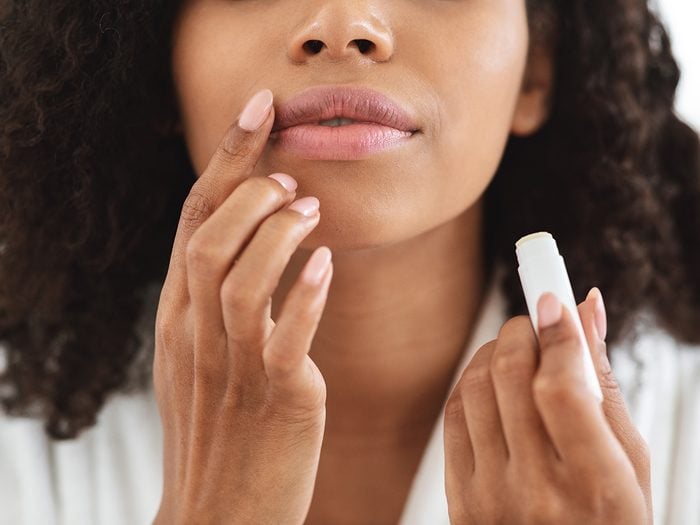
Petrolatum
Petrolatum or petroleum jelly is often used in moisturizers, lip balms and hair products because it acts as a moisture barrier and creates a sheen. The David Suzuki Foundation lists petrolatum as one of its “Dirty Dozen” harmful ingredients to avoid, as it can be contaminated with polycyclic aromatic hydrocarbons (PAHs), which the European Union lists as a carcinogen. Nevertheless, the use of PAHs are not currently restricted by Health Canada.
If you want to skip petrolatum just to be on the safe side, try organic coconut oil or shea butter to moisturize your skin.
If you’re feeling overwhelmed when it comes to “greening” your beauty routine, begin the transition slowly. “Start with the products you use most often and then eventually replace those items that you only use every once in a while,” recommends Newell.
Now that you know the most harmful ingredients in beauty products, find out the best foods for healthy, glowing skin.